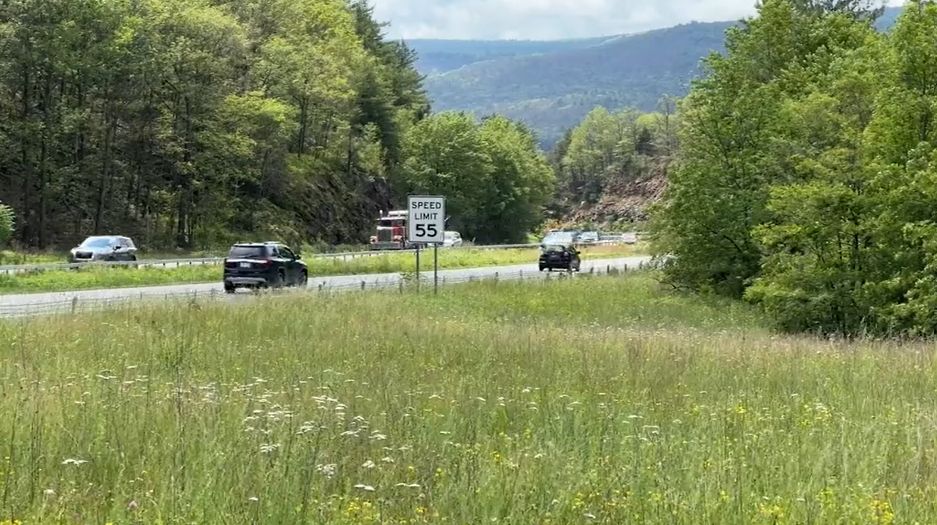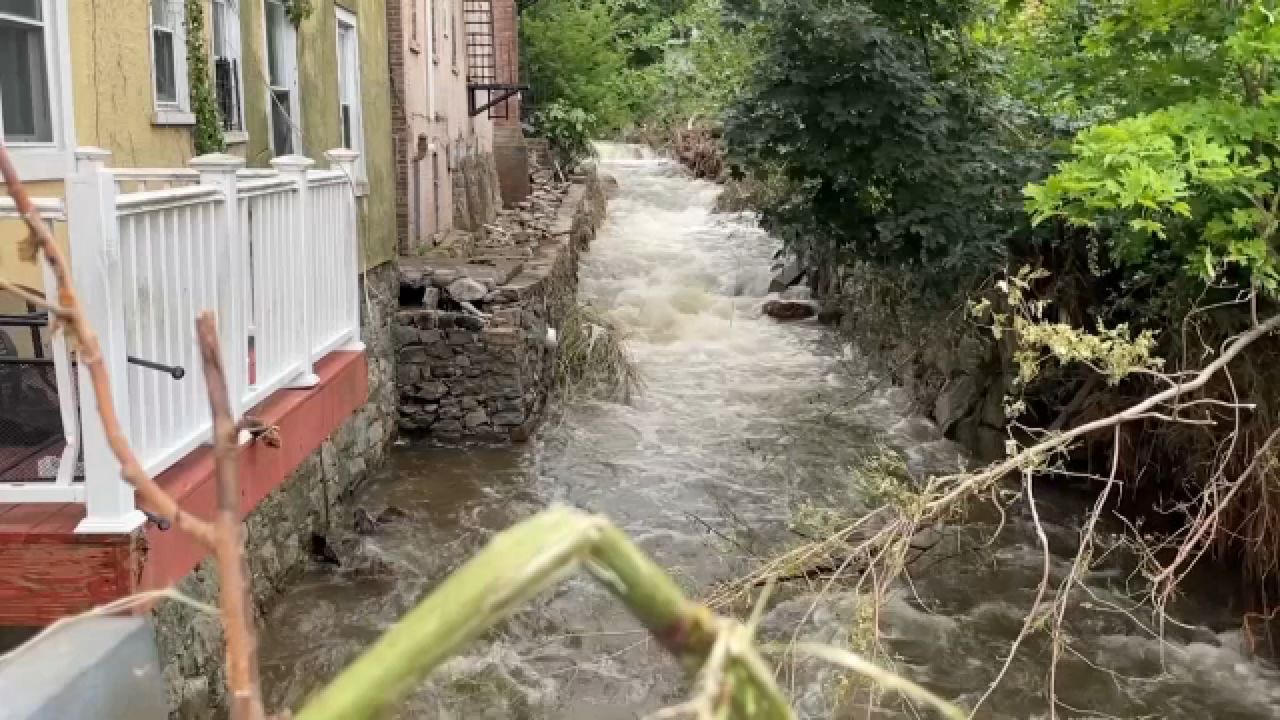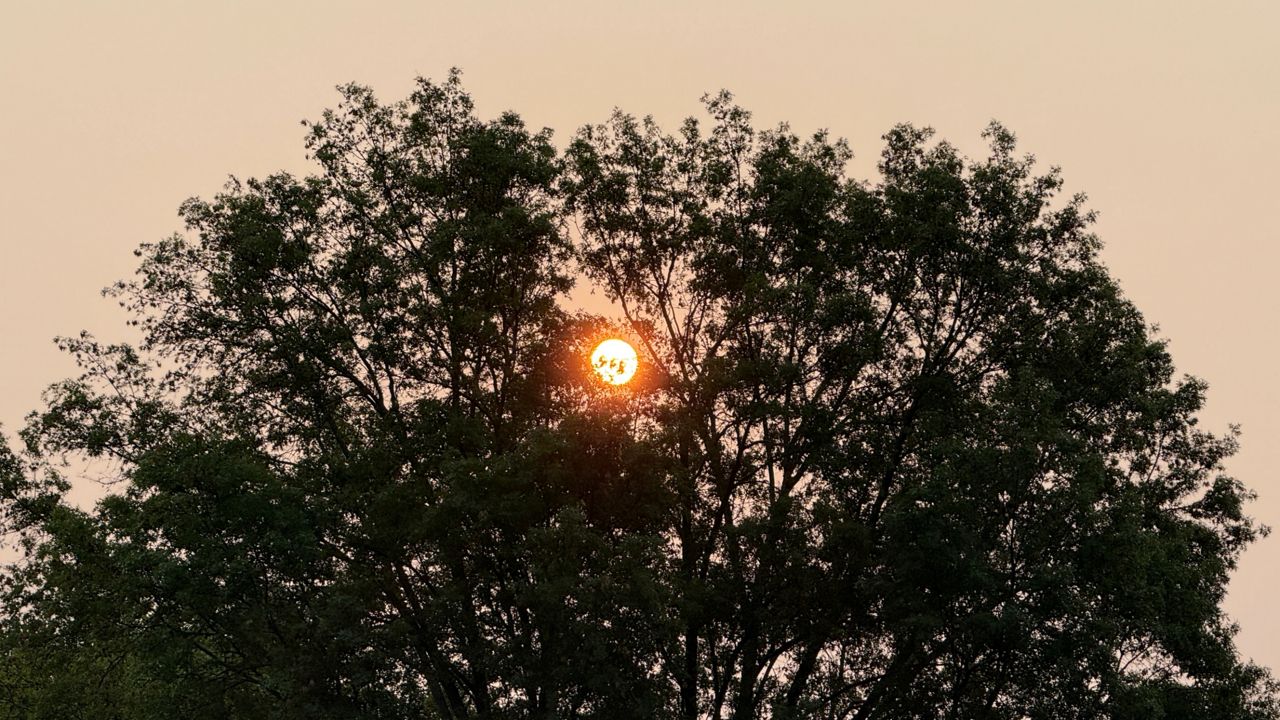Climate change continues to impact New York, making for variable lake ice levels. A SUNY New Paltz professor and international researchers conducted a study comparing and contrasting ice on different lakes over the years.
From supporting cultural activities to native biodiversity and local economies, lake ice is a key resource for many communities.
“It is something that has been recorded for years and years, and it's something that has predated a lot of modern instrumentation that exists out there,” said David Richardson, a professor in the biology department at SUNY New Paltz.
Richardson has been studying lake ecology for quite some time.
“It's a natural experiment that is happening in front of our eyes. We are looking at large-scale changes that are happening at a global level that are affecting processes and ecosystems at a very local level,” Richardson said.
Alongside researchers from around the globe, Richardson gathered and analyzed data about lake ice on 43 different lakes worldwide going back 87 years to see how it’s changed over time.
“What we've found is that lake ice is actually decreasing pretty rapidly, especially in the past 20-25 years from what it has been the last century, and so we're losing lake ice over time,” Richardson said.
The study findings show ice on lakes is becoming more variable, meaning one year there might be two months of ice but none the next year.
However, Richardson said once a lake gets below about 30 days of ice cover, the amount of time there’s ice continues to decrease each year until it gets to a point of no ice at all.
“It's scary sometimes to think about how rapidly our world is changing and how rapidly the local ecosystems that we depend on and rely on for drinking water, for recreation, for food, how rapidly those resources are changing in real time,” Richardson said.
Richardson said this impacts communities around the world in varying ways.
“In the past, people knew that they could go out and go snowmobiling or ice skating or cross-country skiing or ice fishing on a lake consistently in, let's say, early January,” Richardson said. “Now at this point, that is less safe and less certain.”
According to Richardson, climate change, as well as climate patterns like El Niño, La Niña and the North Atlantic Oscillation, are all reasons for changeable lake ice.
“I think it's kind of a lesson as to why both lake ice, but also things that we just generally observe about the world, are really important to both record and make note of,” Richardson said.
The study predicts lakes in the Northern Hemisphere will have differences in ice coverage year-to-year as they move toward future ice-free winters.
Richardson said that can impact the physical, chemical, and biological structures and functions of freshwater ecosystems.
“It's really important to do as much as we can as governments and as individuals to curb fossil fuel emissions and to mitigate climate change, but we also have to just adapt to the reality that the world is changing,” Richardson said.
Here in New York, ice on Lake Mohonk has been tracked for nearly a century. Richardson said for the first time, there were three different periods last year where the lake froze and then melted during a short ice season.








